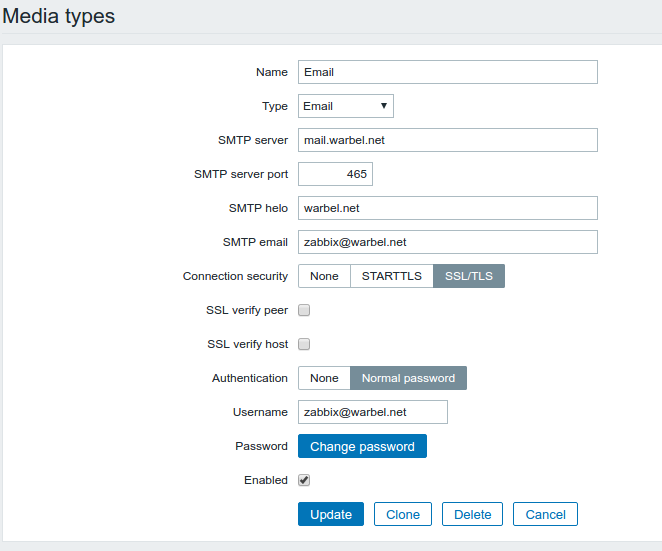So my next challenge which has so far been a difficult one, is to set up apache 2 as a reverse proxy. The technical challenge is that my mail server sits behind a firewall on a private network. Technically, so does my web-server. All web traffic (read http/https-80/443) is currently forwarded to my web server. It hosts two websites: blog.warbel.net and www.warbel.net – both with SSL enabled.
My mail server also runs apache and is secured in a similar fashion – all requests on port 80 are forwarded to port 443. It has a valid SSL certificate for mail.warbel.net.
To demonstrate the challenge, I have unashamedly borrowed this graphic from Atlassian:

In their example they have three internal servers with the reverse proxy in the middle, accessing the services on the private network on behalf of the client. In my scenario, the reverse proxy is also a web server in its own right, and only needs to forward SSL requests to the mail server. There are, on the web server, only two URLs that are important. https://mail.warbel.net/roundcube and https://mail.warbel.net/postfixadmin/. I would prefer that I keep the hostname mail.warbel.net intact however as a last resort, proxying the two URLs would work just as well.
Looking ahead, I can see that setting up proxying to just the sub directories will result in SSL errors – apache on mail is configured with only mail.warbel.net as the registered domain name. However I’m yet to figure out how to use apache on the web server to simply forward ssl requests to mail, rather than try and negotiate them itself.
